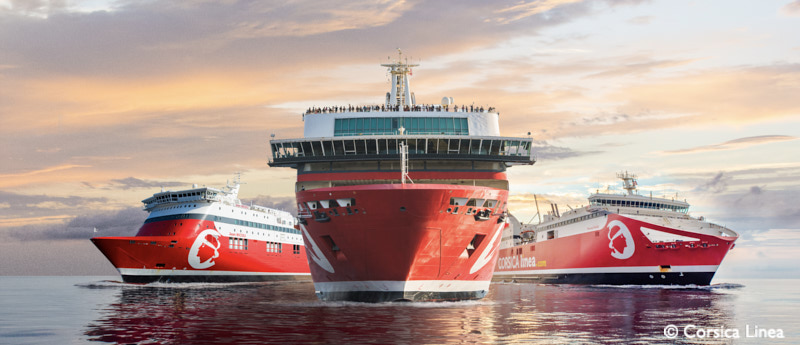The Review of Coastal Ferry Services confirms that the coastal ferry service is a vital part of the provincial economy and critical to both those who use ferry services and for the province as a whole.
BC Ferries President and CEO Mark Collins appreciates the review concluding that “BC Ferries is on the whole a well-run company.”
The review also recognizes that “employees and managers are committed to providing a safe, reliable service for the coast and work hard at it every day of the week” and “Board of Directors take seriously its obligation to provide good strategic direction and oversight.”
BC Ferries acknowledges and appreciates the financial contribution the Province made over the past year, along with contributions from BC Ferries, to fare affordability and helping to keep fares flat and lower fares on some routes.








